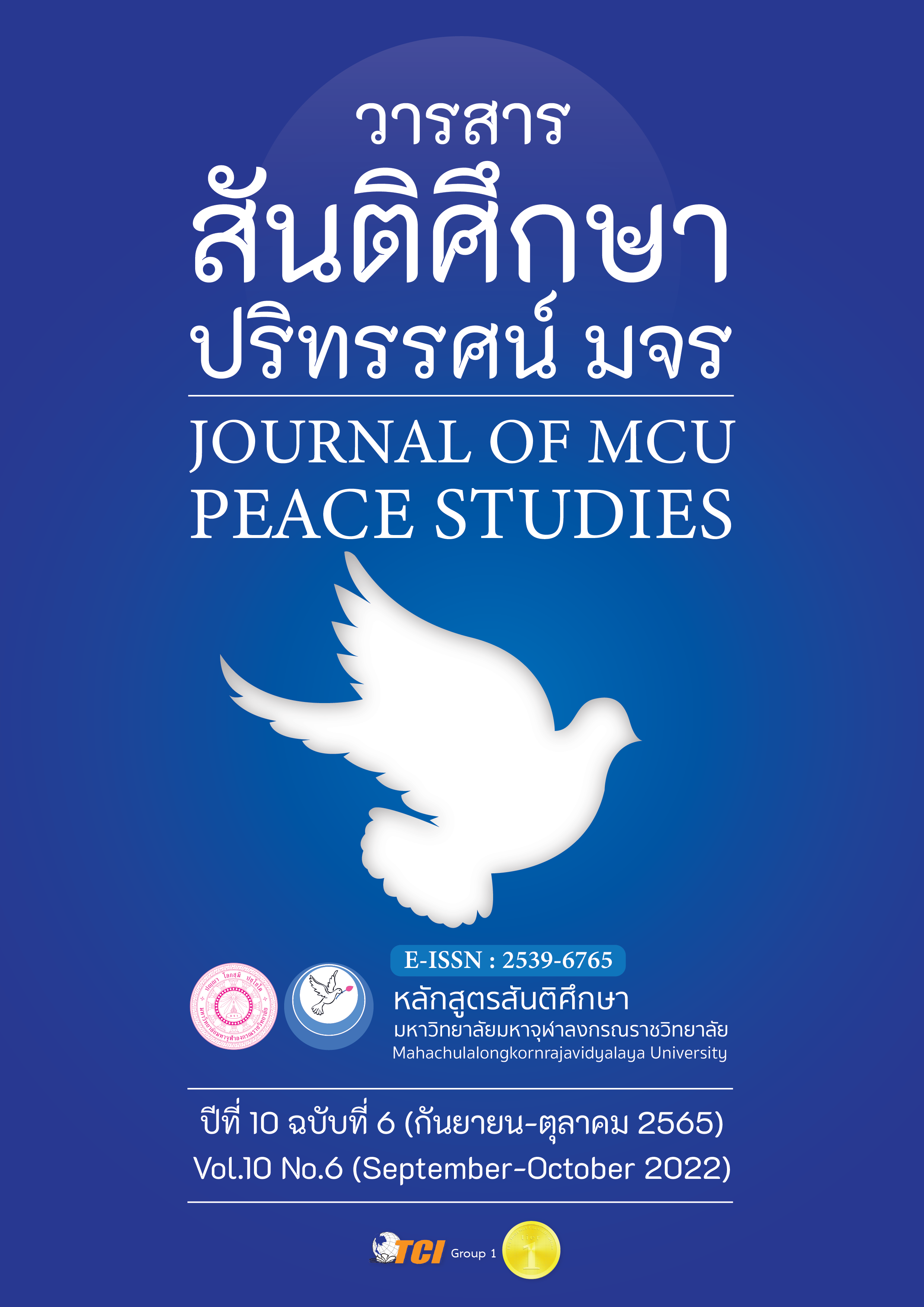Bankruptcy Prediction Model Using Multiple Discriminant Analysis: Case of Real Estate Companies in Thailand
Main Article Content
บทคัดย่อ
A negative view on the residential property industry in Thailand due to the global trade war and the appreciation of the baht affected rising non-performing loans (NPLs). Also business implications that has a huge impact on this business. The economic slowdown in Thailand mostly affected residential real estate, indicating a negative 10 percent growth rate. Therefore, this study attempts to construct the bankruptcy prediction model of real estate companies in Thailand and to investigate the correlation between financial and corporate governance towards bankruptcy. The names of bankrupt companies that filed at the bankruptcy court were derived from the Department of Business Development (DBD) business data warehouse. The sample included 102 companies registered with the Department of Business Development. 25 companies went bankrupt, and 77 companies were non-bankrupt. Financial ratios included Return on Assets (ROA), Return on Equity (ROE), Gross Profit Margin (GPM), Current Ratio (CR), Total Assets Turnover (AT), Operation Expense to Total Revenue Ratio (OPE), Debt to Asset Ratio (DA), and Debt to Equity Ratio (DE). Corporate governance factors included Size, Percentage of Thai's shareholder (TSH), Holding Share of Major Shareholder (MSH), Number of Shareholders (NSH), Number of directors (ODT). The study period covered 2016-2019. Multiple discriminant analysis was used to construct model and to examine the correlation.
The results showed that the bankruptcy prediction model was specified as D= -0.382 + 0.235(ROE) + 0.466(DA) + 0.707(TSH) – 0.693(MSH) + 0.348(ODT). Return on Equity, Debt to Asset, Percentage of Thai's shareholder, Number of Director were statistically significantly positively correlated to bankruptcy while Holding Share of Major Shareholder was statistically significantly negatively correlated to bankruptcy. Since the accuracy rate is 82.7%, the practical application is suggested.
Article Details

อนุญาตภายใต้เงื่อนไข Creative Commons Attribution-NonCommercial-NoDerivatives 4.0 International License.
ทัศนะและความคิดเห็นที่ปรากฏในบทความในวารสาร ถือเป็นความรับผิดชอบของผู้เขียนบทความนั้น และไม่ถือเป็นทัศนะและความรับผิดชอบของกองบรรณาธิการ ยินยอมว่าบทความเป็นลิขสิทธิ์ของวารสาร
เอกสารอ้างอิง
Altman, E.I. (1968). Financial Ratio’s Discriminant Analysis and the Prediction of Corporate Bankruptcy. Journal of Finance, 23(4), 589-609.
Ciampi, F., & Gordini, N. (2008). Using Economic-Financial Ratios for Small Enterprise Default Prediction Modeling: An Empirical Analysis. In Proceedings of the Oxford Business & Economics Conference, Oxford, UK, 1–21.
Deloitte Thailand. (2019). Economic Outlook Report 2019. Retrieved September 25, 2020, from https://www2.deloitte.com/content/dam/Deloitte/th/Documents/about-deloitte/th-about-economic-outlook-2h-2019.pdf
Gissel, Jodi L. (2007). A Review of Bankruptcy Prediction Studies: 1930-Present. Journal of Financial Education, 33(1), 1-42.
Korol, T. (2017). Evaluation of the Factors Influencing Business Bankruptcy Risk in Poland. E-Finance, 13(2), 22-35.
International Finance Corporation; OECD. (2009). Chapter 5 Governance Challenges for Family-Owned Businesses. Practical Guide to Corporate Governance, 120-144.
Lin, F., Liang, D., & Chu W. (2010). The Role of Non-Financial Features Related to Corporate Governance in Business Crisis Prediction. Journal of Marine Science and Technology, 18(4), 504-513.
Polsiri P., & Sookhanaphibarn, K. (2009). Corporate Distress Prediction Models Using Governance and Financial Variables: Evidence from Thai Listed Firms during the East Asian Economic Crisis. Journal of Economics and Management, 5(2), 273-304.


